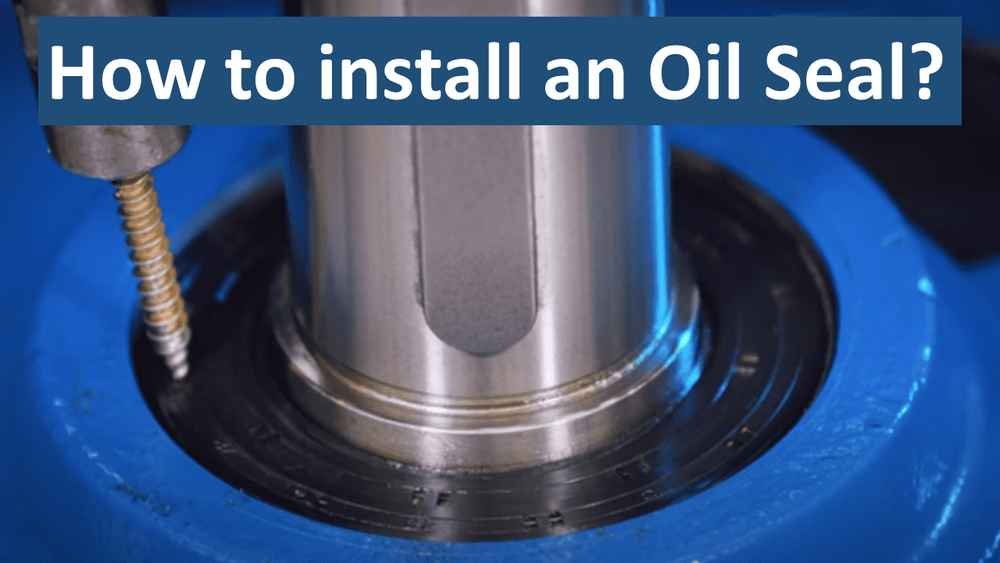Ultimate Guide to Oil Seals | Part-1: by CV Technik
Following blog gives a complete overview of oil seals with explanation on oil seal design, oil seals functionality, working principle, oil seals advantages and applications.
Oil Seal Description
Oil Seal / Radial Shaft Seal
Oil Seals, also known as radial oil seals, radial shaft seals or rotary shaft lip seals but in this blog we will use the term oil seals. Oil seals are an integral part of any rotating and moving part assembly and are used to seal between the shaft and rotating bore. The object of the oil seal is to retain lubricant or exclude contaminants or to separate dissimilar media. Oil seals need to seal both dynamically (on the shaft) and statically (on the outer diameter of the seal).
Key Features of Oil Seal
Oil Seal Advantages
Prevent the entry of foreign contaminants.
Prevent seal leakage.
Maintain lubricity of the system.
Advantages of Oil Seals
Oil seals are cost-effective sealing solutions.
Oil seals are easily available in the aftermarket.
Wide dimensional range of oil seals helps for various industrial applications.
Oil seals are available in standard and non-standard materials.
Oil seals are easy to install.
Oil seals have good reliability and sealing performance for standard applications.
Oil Seal Design and Nomenclature
Oil seal nomenclature
Oil seals are of many types and generally consist of a flexible rubber sealing element, the metal insert/case and energized with garter spring. The purpose of the sealing element is to stop the Fluid from leaking between the shaft and housing. The sealing lip may be molded or non-molded (CV Technik-High Pressure Radial Shaft Seal) depending on the application. The metal insert will give rigidity and strength to the seal while it is being held in the bore or recessed groove. The garter spring will ensure continuous contact of sealing lip with the rotation element. Figure shows a typical type of seal and its component nomenclature.
Oil Seal Function and Working Principle
The area between the sealing edge and the shaft is the most important. The sealing effect is obtained by preloading the sealing lip, making its inner diameter slightly smaller than the diameter of the shaft. The garter spring ensures constant mechanical pressure and maintains the radial force on the shaft and extends the sealing edge to the defined width. Sealing is guaranteed by the surface tension of the hydrodynamic oil film between the flattened area of the seal and the shaft. The oil thickness must be between 1 and 3 mm to avoid leakage. The meniscus acts as an interface between the outside air and the fluid. Any rupture of the meniscus will cause a leak. This can occur if the shaft contains scratches along the path of the joint. Oil Seal Applications
Oil Seal Lip Design
Applications of Oil Seals
Usually, oil seals are used to seal lubricating oil or grease and contain it within the application, so that moving parts such as bearings are continually supplied with enough lubrication. However, such seals are also used for sealing other liquids, gases, and solids, such as powders or granules. Some examples of oil seal applications include:
Oil seal automotive application
Electric motors
Gearboxes
Hydraulic Press / Machines
Paper rolls
Industrial pumps and fans
Customized equipment
Conveyors
Elevators
Engines
Grinding Mills
Pipelines
Wind Turbines
Conclusion:
In summary, Oil seals are essential components in machines. They function by creating a tight seal around the rotating shaft and stationary housing or bearing. The seal reduces fluid leakage, friction, and wear and tear during the machine's operation. We supply various types of oil seals across multiple industries. For more details feel free to contact us.







